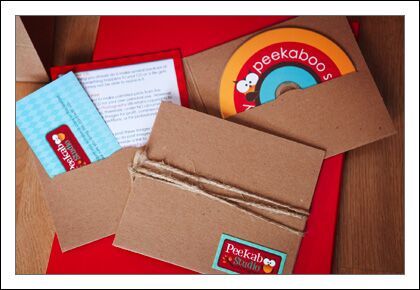To make paper, there are three steps that T’sai Lun, huge papermaking machines and modern handpaper-makers alike follow. They are: preparing the material from which you will make paper, forming the sheet and drying the sheet.
- deckle – a frame without a screen
- mould- frame with screen
- laundry starch
- used paper – should not be glossy or coated. Examples of paper that can be used: computer paper, intermediate pad, typewriting paper, onion skin, coupon bond, envelopes, receipts, office memos, etc. Do not use newspapers as your handmade paper will discolor. Use colored paper to add color.
- bucket of water
- blender – Use of the blender is optional. If you do not have a blender, soak torn paper in water for at least one day to soften paper, then pound soaked paper till it disintegrates.
- newspapers
- sponge or chamois
- tub or basin – Bigger than mould and deckle (with space enough for your hands at the sides).
- mug to transfer water
1) Tear paper into pieces about 1/2″ square. You can also use a paper shredder if you have one.
2) Put torn paper up to 1/3 full in blender. Add water until 2/3 full. Blend 2-3 seconds. Repeat until you get the desired consistency. (Paper should become separately frayed fibers. If you want an interesting texture, add dried leaves or thin stalks and blend again.)
3) Pour mixture into tub. (Technical name for this is pulp slurry) Repeat procedure with blender until it is about 4 inches deep or more. (To make thin paper, more water is needed. For paper with thickness of bond paper, 3 grams of pulp for every liter of water is advisable. Experiment!)
4) Add gawgaw to mixture to serve as a binder. (To make gawgaw, use 1 tbsp. of uncooked starch for a tub of water. If you use cooked starch, amount is usually 10% based on the dried weight of the pulp.) You can add pressed leaves or flowers, corn hair, thread, etc. to mixture. Just make sure these are paper thin or else they will not attach to the paper pulp.
5) Hold the mould and deckle firmly together with deckle uppermost and screen in between. Dip into tub and scoop up pulp.
6) Lift frames up and let water drain back into tub. Shake gently to distribute fibers evenly. Continue draining by tipping from one corner.
7) Carefully separate deckle, and lay mould upside down (with the wet pulp on the underside) on a folded sheet of newspaper.
8.) Soak up excess water with sponge or piece of chamois pressed against screen surface. If you are making plenty of sheets, you may pile the sheets with the folded newspaper between them until the time you can lay them out to dry.
9) Slowly separate mould from the sheet. If paper still sticks to mould, this means you need to remove more water with the sponge.
10) Let paper sheets dry for 1/2 to 1 day. When they dry, you can easily separate them from the newspaper. (To squeeze out water and flatten sheets, you can place the pile of wet paper and newspapers between a couple of boards and top it with a heavy object for a while.
e) You can form embossed images by using cookie cutters and different objects (like the dove image at right). Painting them or adding glitter or gold outlines will also give them a unique look. Use as the focal point of your artwork or to accent a picture frame, box or scrapbook cover. Here it is used to spruce up a kraft paper bag.
Source: Papemelroti
Good luck on your project! BUT if you are running out of time and you don’t want to get messy, we do have eco-friendly CD wallets and other eco-friendly CD cases available at very cheap prices.
________________________________________________________________
Unified Manufacturing is an L.A. -based one-stop-shop that offers very affordable CD/DVD/USB replication, custom printing, promotional products, warehousing and fulfillment and many more. If you need an Instant Quote on a project and you want FREE SHIPPING, simply CLICK HERE.

